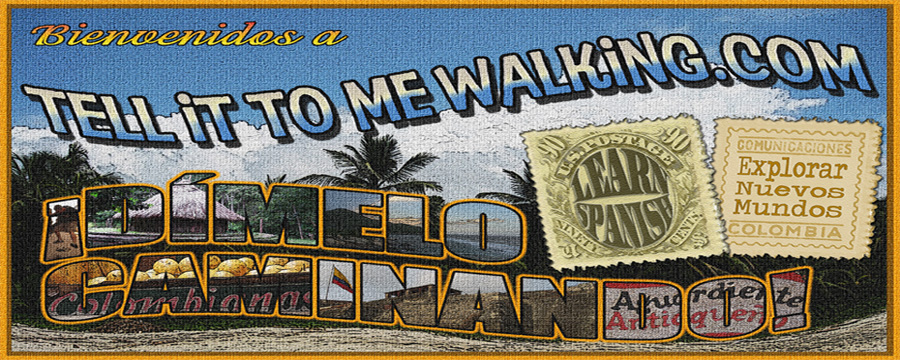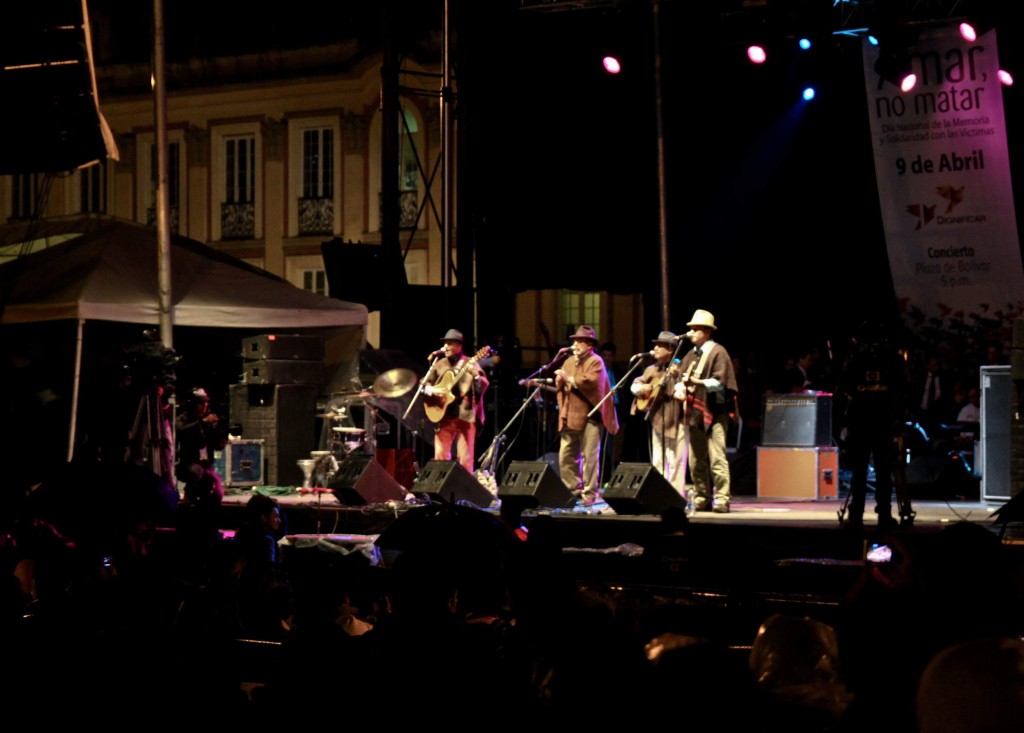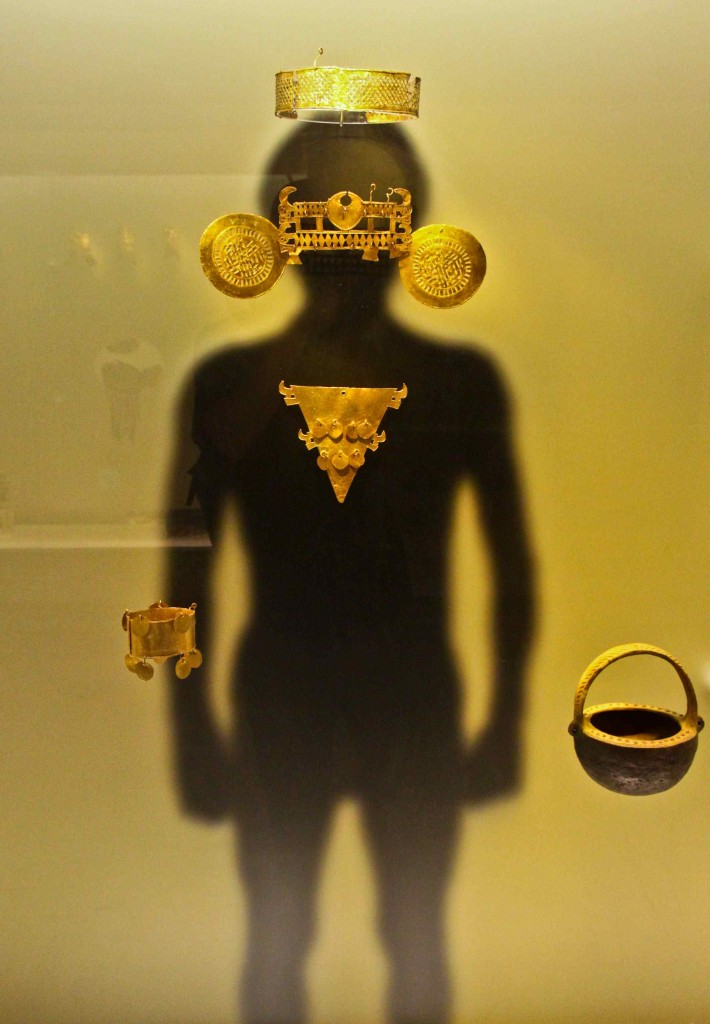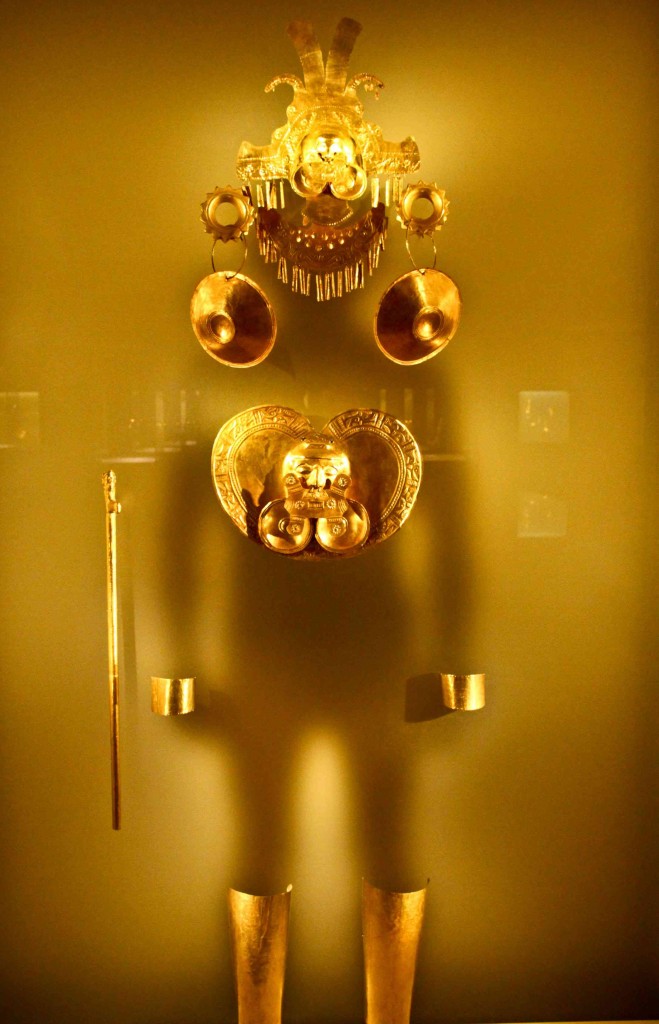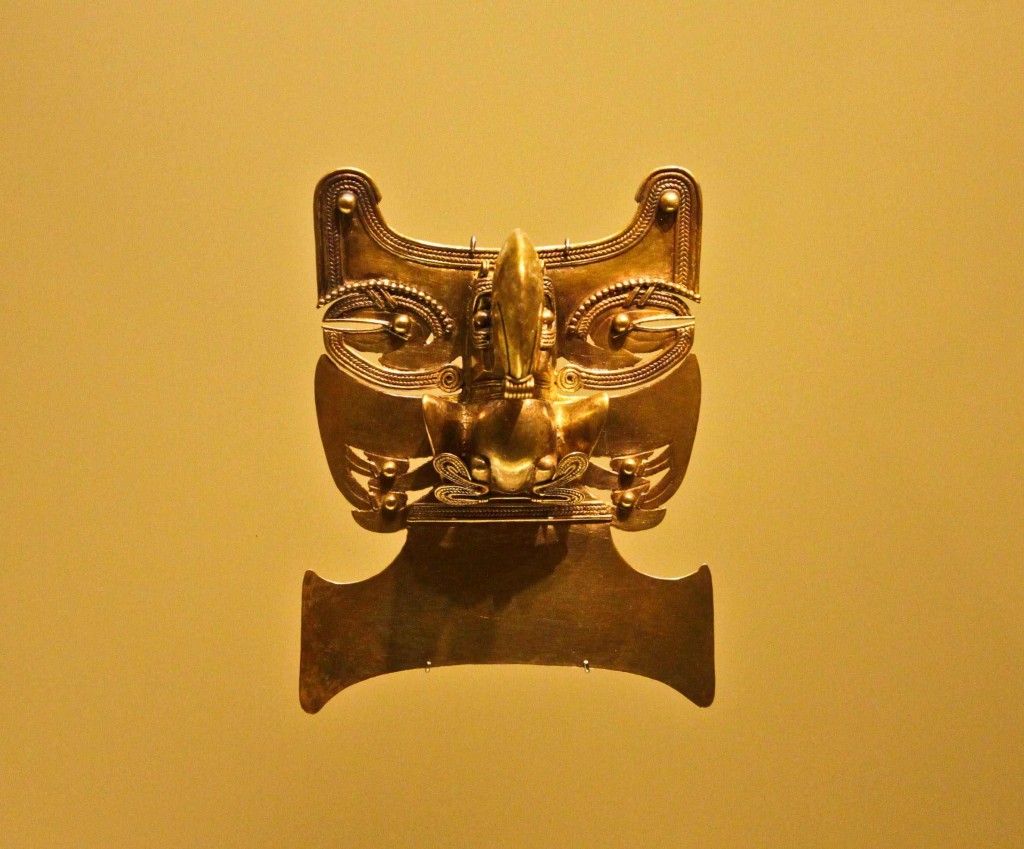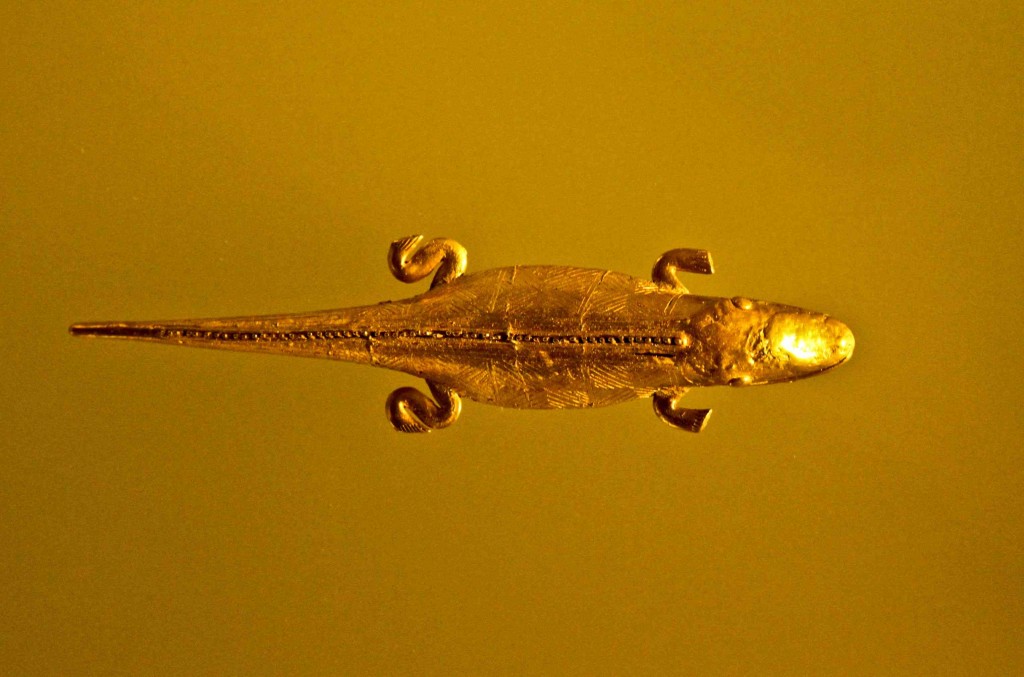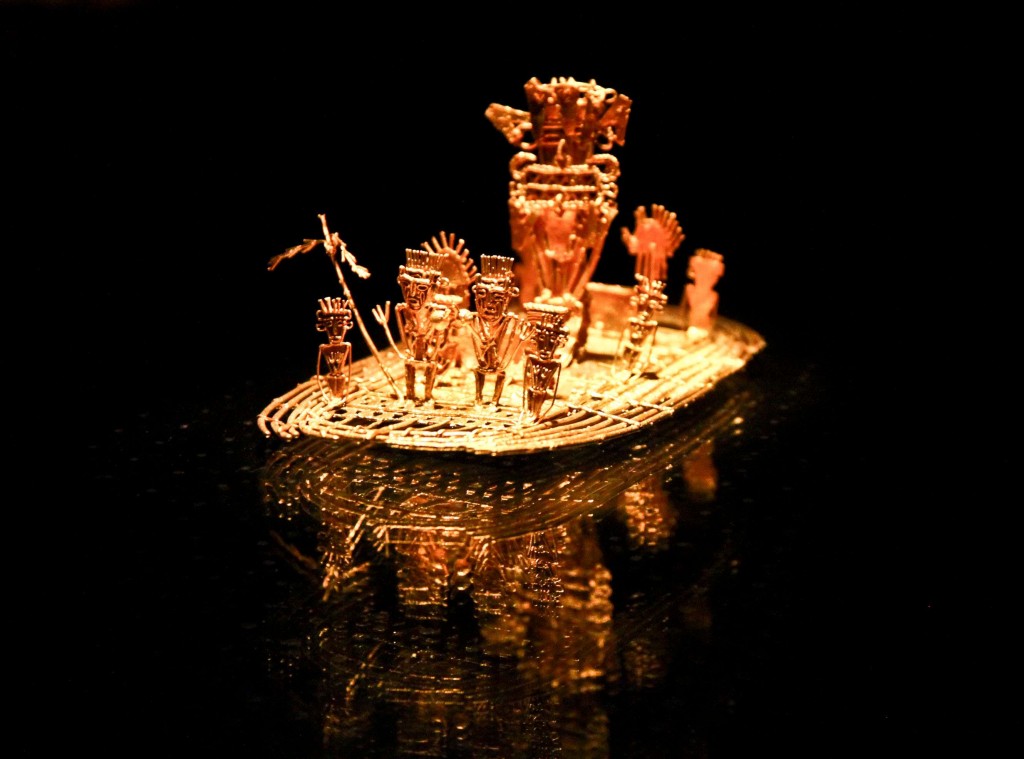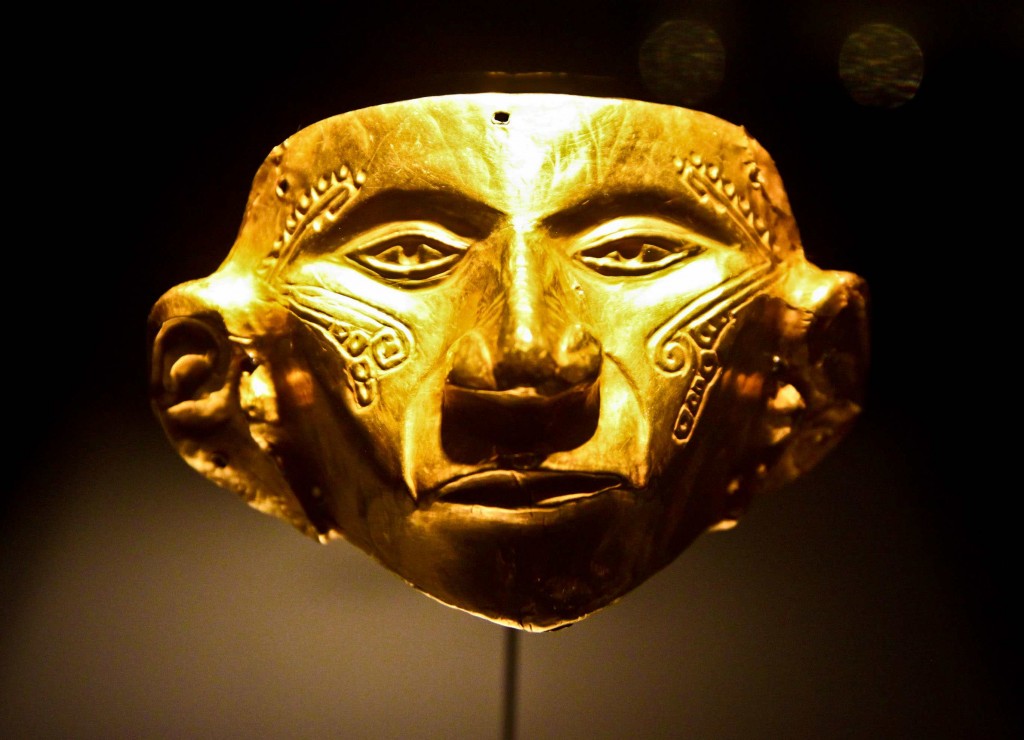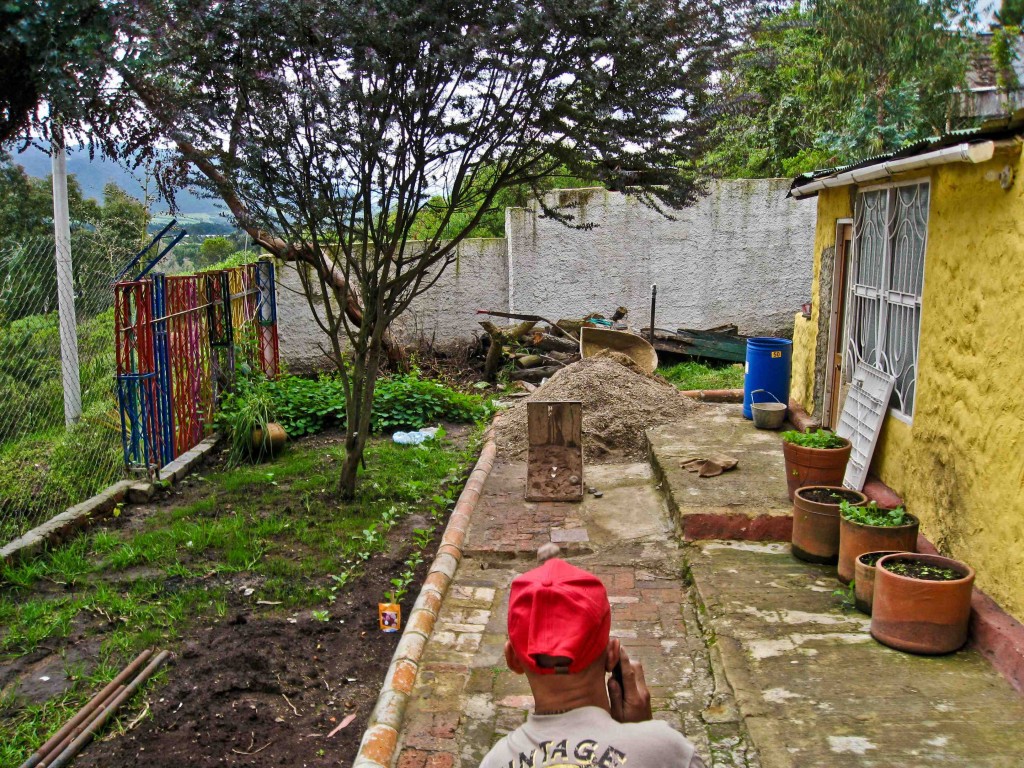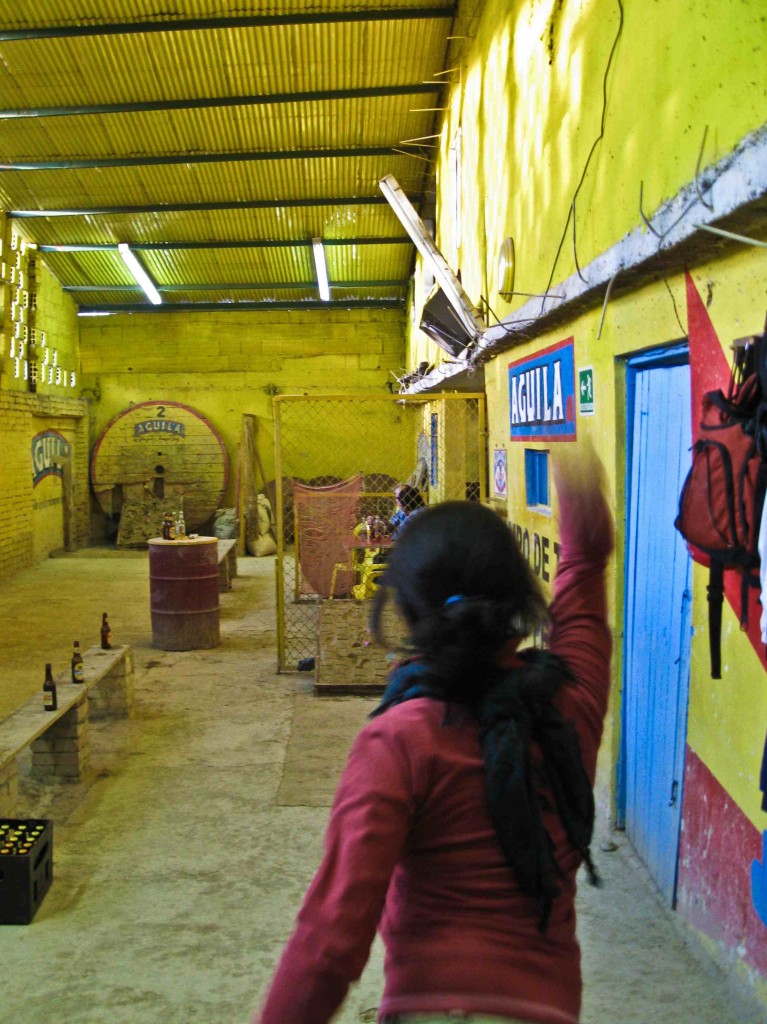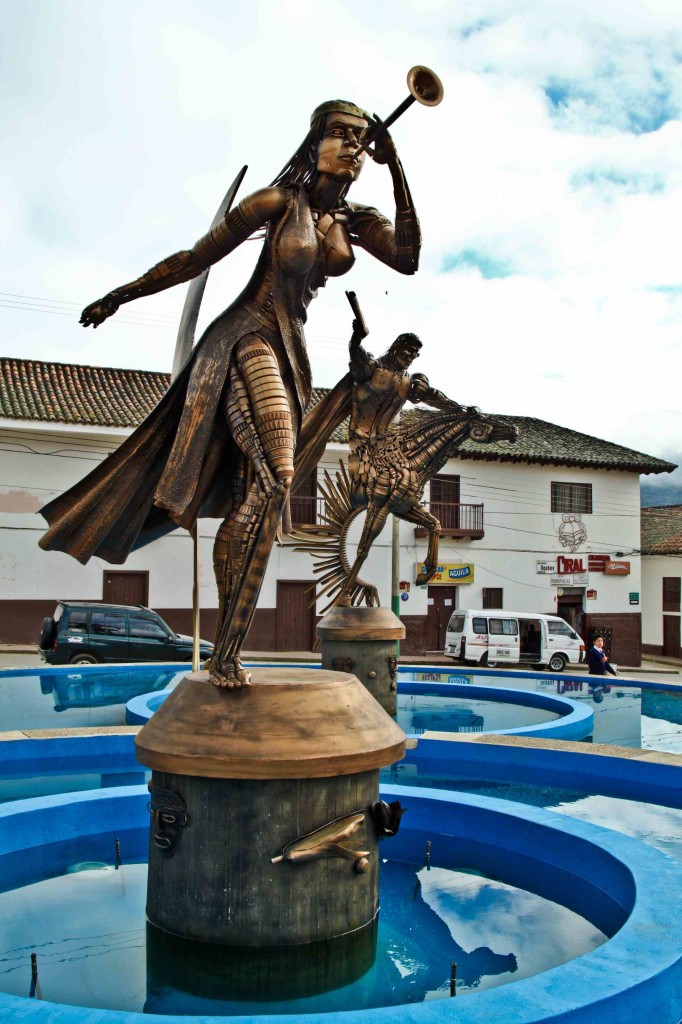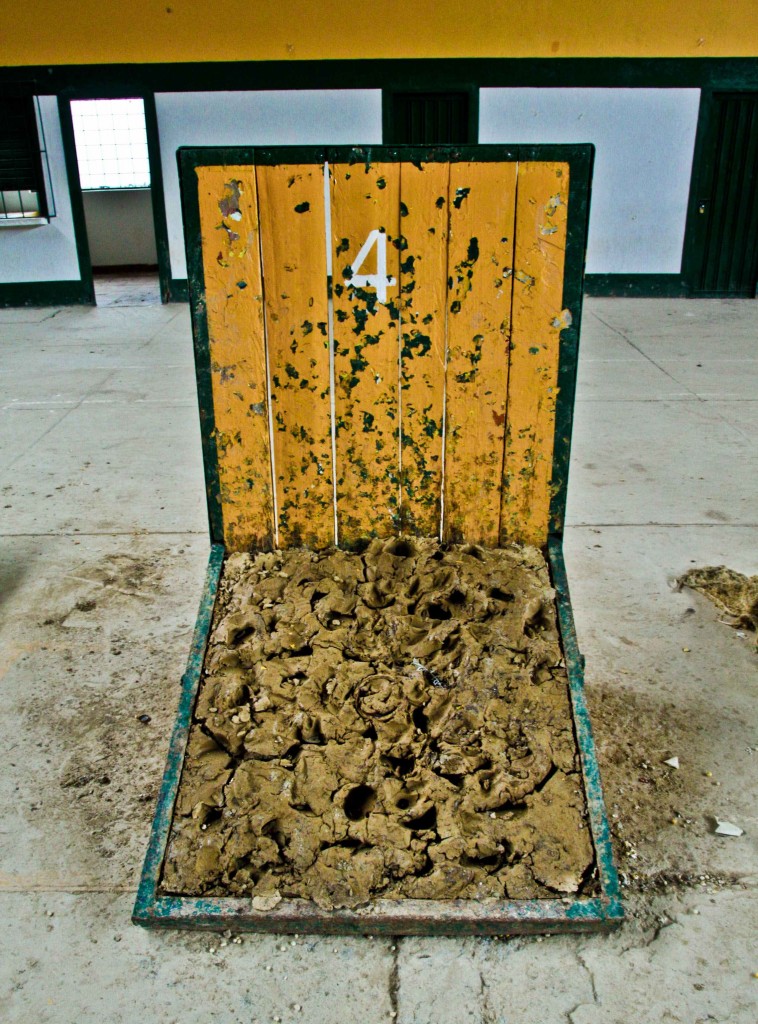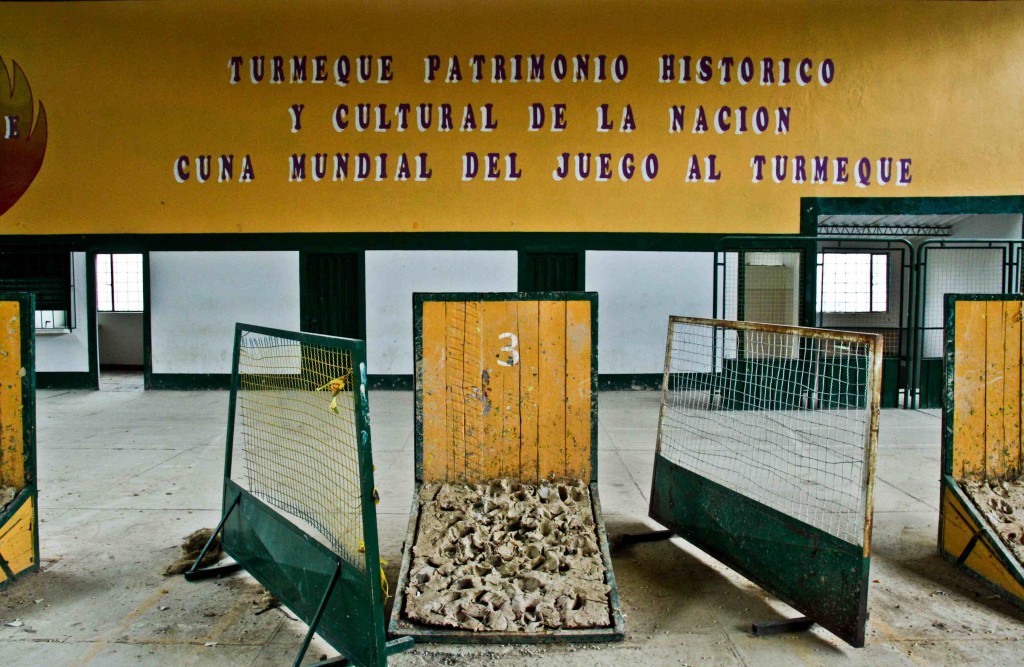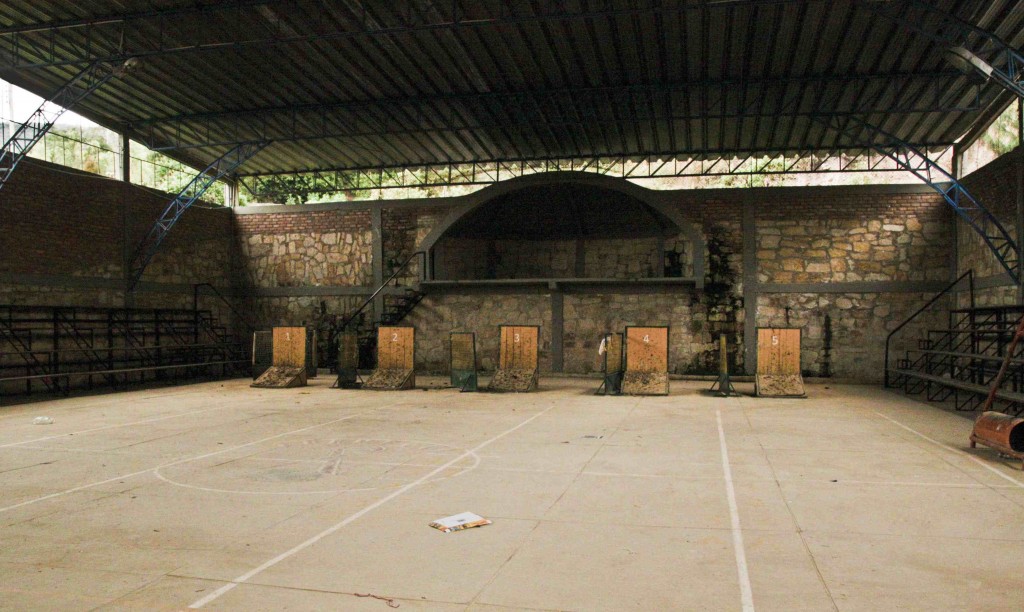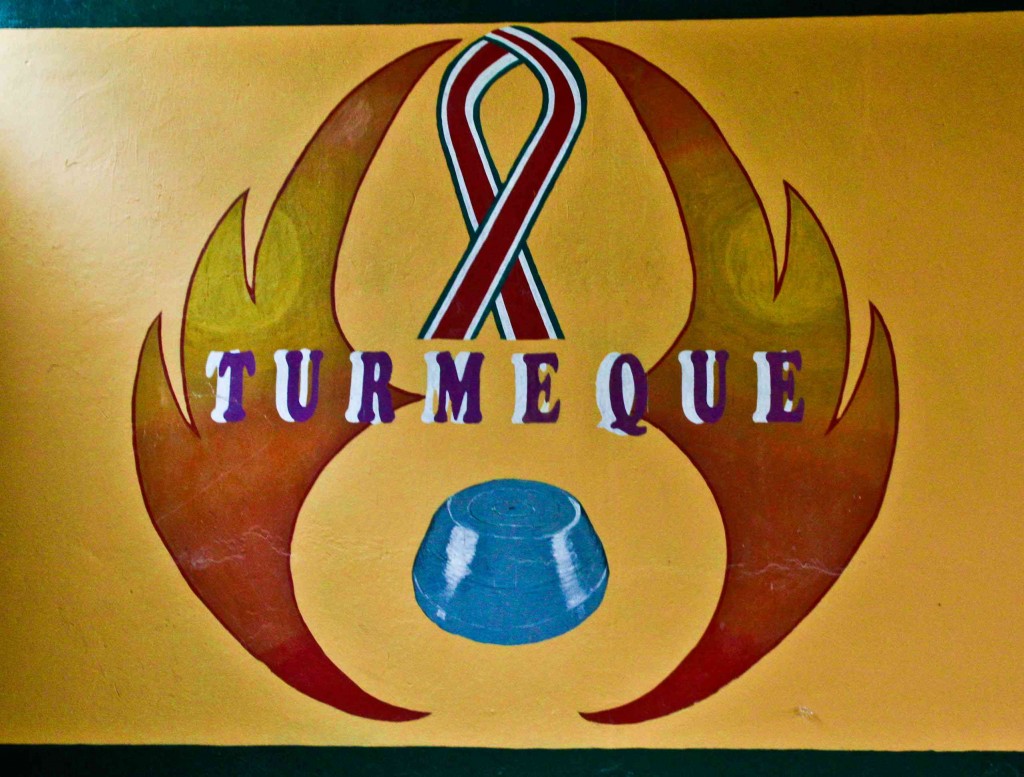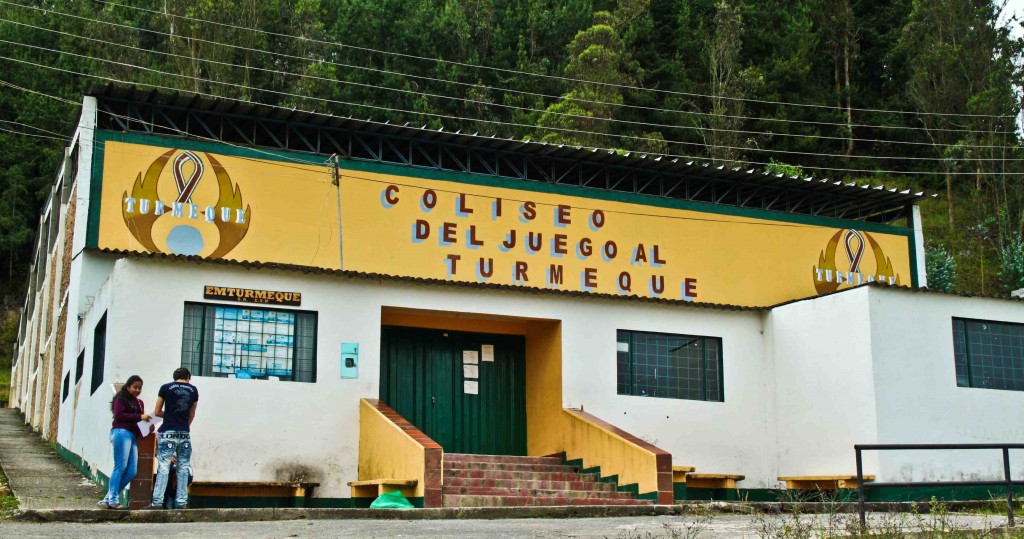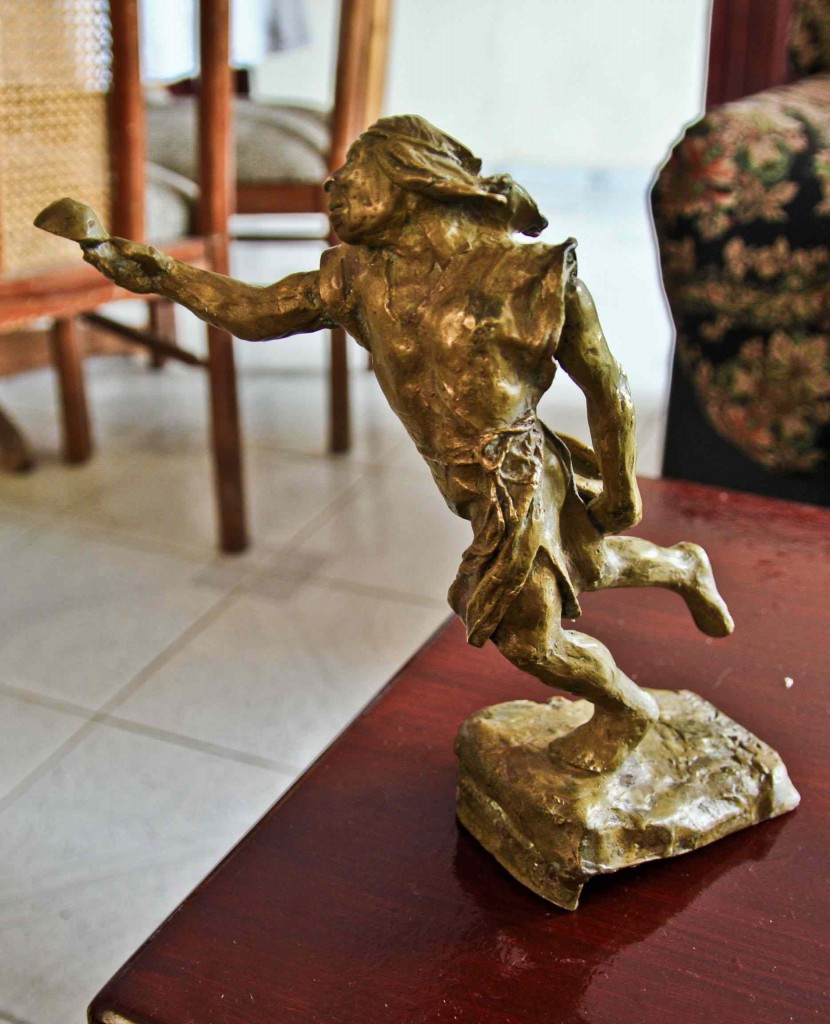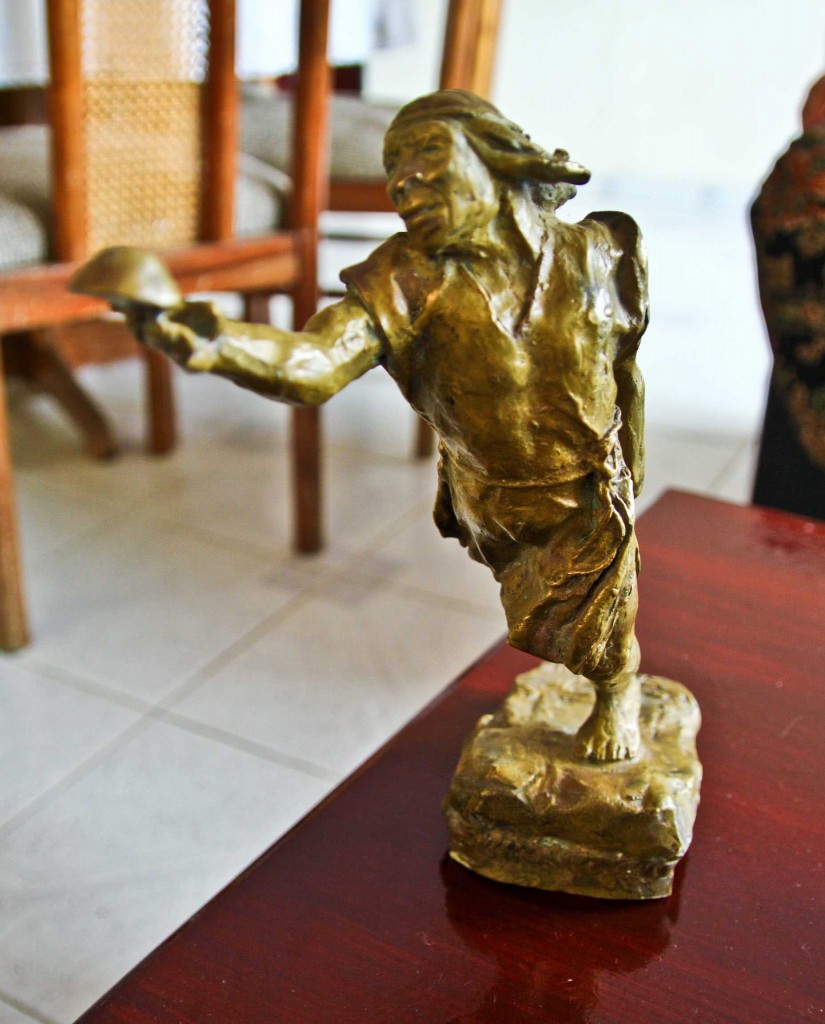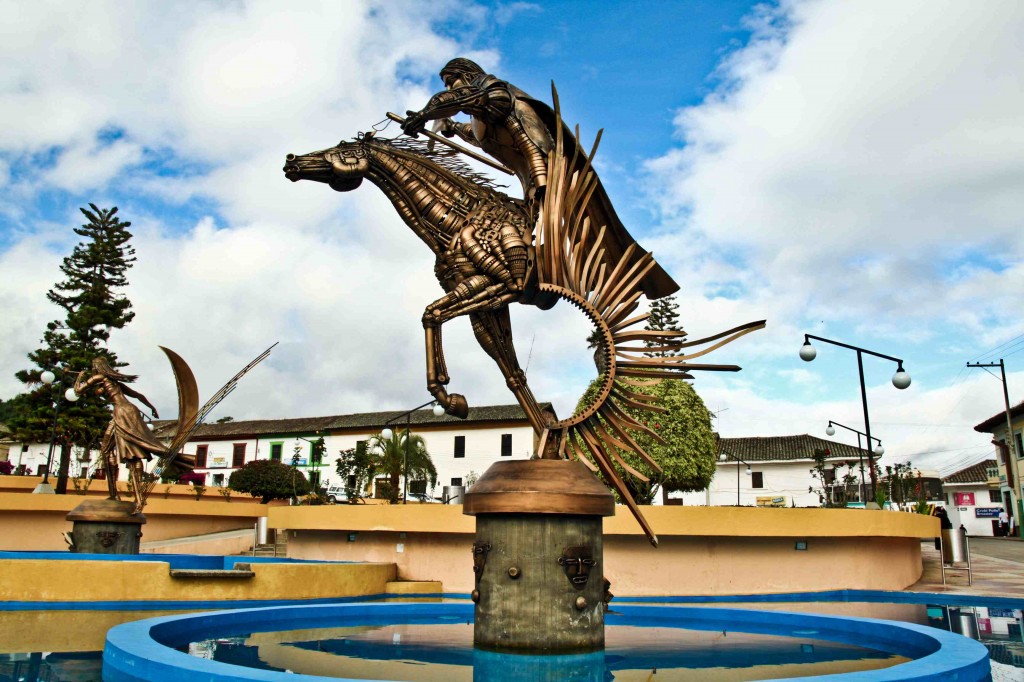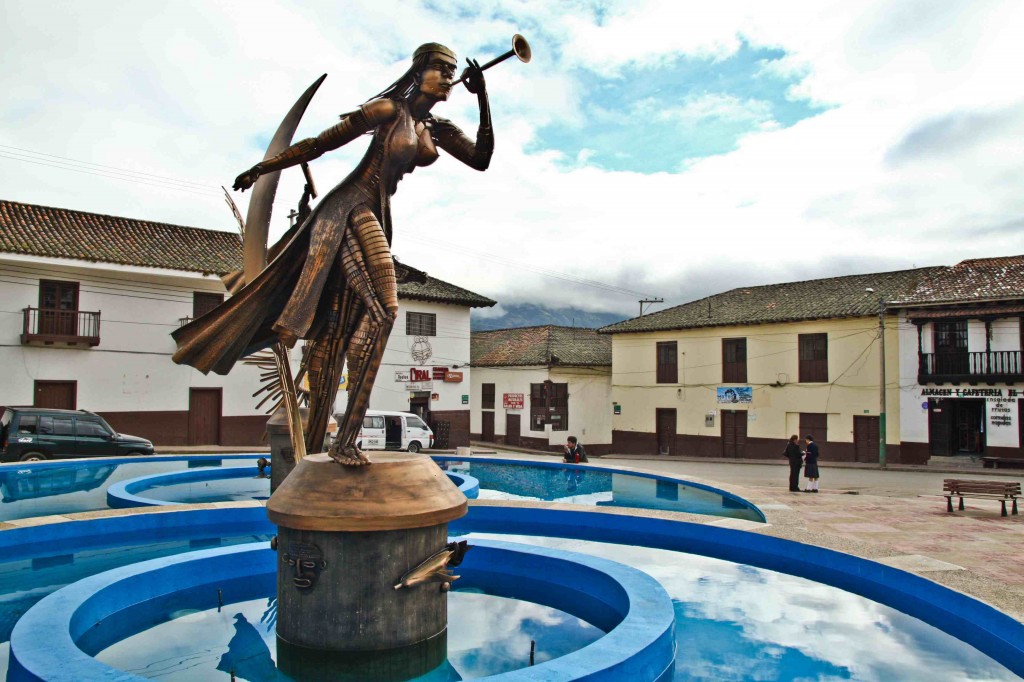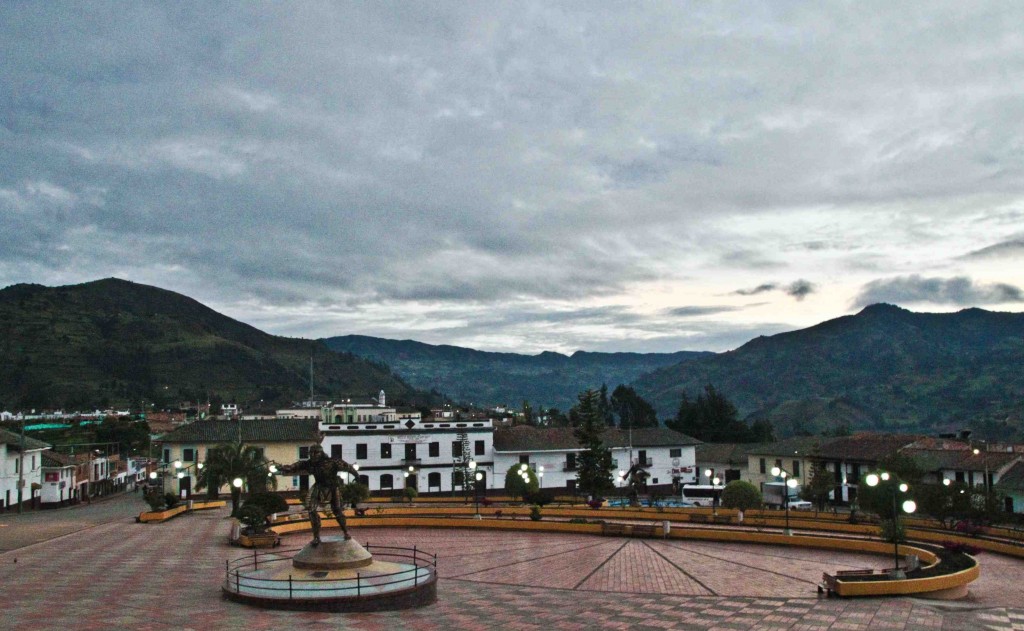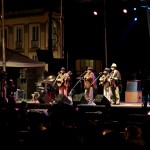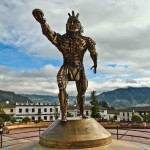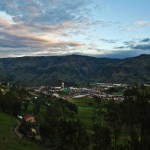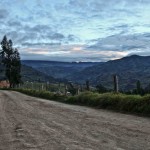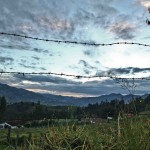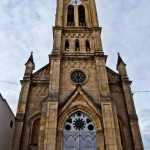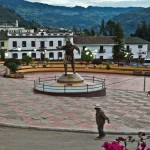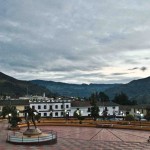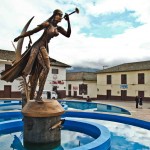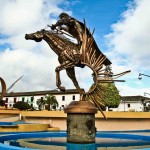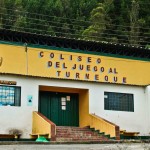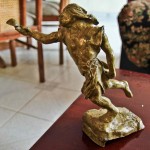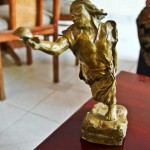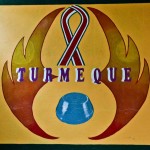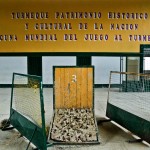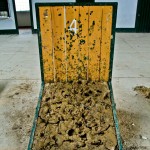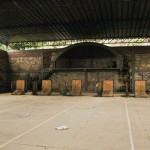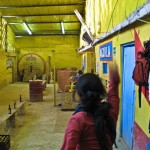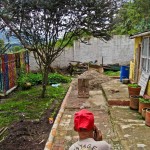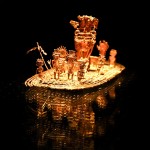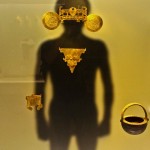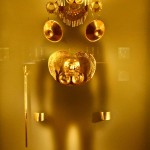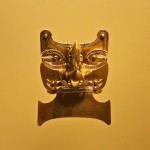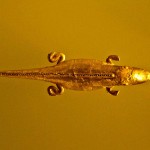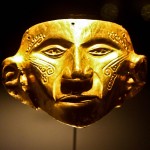Podcast: Play in new window | Download
Welcome back mis queridos oyentes new and old to Dímelo Caminando!
I’m your host, Jamie Killen, and this is the podcast dedicated to Spanish language learning, latin america travel, culture, and on-the-ground education.
In today’s episode of Dímelo Caminando, we travel to the city of Turmequé in the Boyacá region of Colombia to speak with Andrés Camacho, a local Turmequé expert and historian, to explore the indigenous roots of Colombia’s national sport: ¡El Tejo!
Also featured in today’s episode is music by the very talented traveler/singer/songwriter, Rebecca Jane. You can find more of her amazing sounds on her Soundcloud. Highly Recommended! And you can also read a little bit about her travels and experiences in South America and Colombia at her blog: Rebecca Jane Travels.
Key items mentioned in today’s episode of Dímelo Caminando:
- El Tejo – Deporte Nacional de Colombia
- El Altiplano Cundinaboyacense
- El departamento de Boyacá
- Los Muisca or Los Chibcha: Name of the indigenous groups and populations of pre-hispanic peoples that populated the territories today known as Cundinamarca and Boyacá over 500 years ago.
- “El Dorado”
- Andrés Díaz Venero de Leiva
- El Nuevo Reino de Grenada
- El Cacique de Turmequé Diego de Torres
- El Zaque de Hunza
- “El Cacique de Turmequé y su Época” de Ulises Rojas
- Lake Guatavita
- Villa de Leyva
- El Tejo World Tour: Downloadable Tejo video Game/App for Ipads, iphones and tablets in the itunes store
Key vocabulary related to the today’s conversation (Vocabulario clave de la conversación):
- El Tejo – The actual saucer or metal disc that is used to play “el juego conocido como el tejo
- Zepguagoscua: in the language of los muisca or los chibchas indigenous population, this is believed to be the original name for “el juego al turmequé” or what today is known as “el tejo” in Colombia.
- El Cacique: Indigenous chief or tribal headsman
- Autóctono/a: adjective meaning “indigenous” or “native”
- La Orbfebrería: Smithing of precious metals, such as gold
- La cancha: (pista de deporte) – sports field in which tejo (or other sports such as fútbol) are played
- La Pola: Mejor conocida como “la cerveza”, pero en Colombia la Cerveza es “la pola.”
- El Refajo” lo que es gaseosa (soda) mezclada con la pola.” Es para tomarse más suavemente sin embriagarse tanto
- El Petaco: rack of 24-30 cervezas to be consumed while playing tejo.
- El Cacique: Indigenous chief or tribal headsman
- O.V.N.I (Objeto Volador No-Indentificado): A flying saucer or UFO
- Los Rasgos: features or characteristics
- La vestimenta: clothing or traditional dress
- La Mecha: small pack of gun powder which is placed around the target or “el bocín.” This is what creates the explosion
- El bocín: The main target at which players throw their “tejos” in attempt to win points for their themselves or their team.
CLICK ON ANY OF THE THUMBNAIL PICTURES BELOW TO SEE IMAGES IN GALLERY
- Jorge Velosa y Los Carrangueros de Ráquira perform folkloric music from Boyacá in La Plaza de Bolívar, Bogotá.
- La estatua en honor al Tejo y las raices indígenas del juego, colocada en la plaza mayor de Turmequé (statue in honor of el Tejo and its indigenous roots, placed in the plaza mayor of Turmequé)
- El pueblo de Turmequé visto de lejos, caminando por la mañana muy muy temprano (the village of Turmqué seen from afar while walking in the very early morning)
- Conociendo Boyacá y Turmequé por recorrer sus tierras (Getting familiar with Boyacá and Turmuqué by traversing its tierras)
- La tierras del Altiplano son muy distintas a las de Bogotá y la ciudad. Los Andes Colombianos rodean al pueblo muy bellamente (The lands of the Altiplano are very distinct from those of Bogotá and the city. The colombian andes surround the village oh so beautifully)
- La Iglesia o Catedral Principal de Turmequé (the main church or cathedral of Turmequé)
- la madrugada en Turmequé, un señor atraviesa la plaza con la Estatua detrás de él. (Early morning in Turmequé, a man crosses the plaza with the statue behind him)
- Una escena de la vida diaria en la cordillera oriental de Colombia (a scene of daily life in Colombias eastern cordillera)
- Otra estatua ubicada en la plaza mayor, representativo de las poblaciones indígenas que poblaron estas tierras antes de que llegaran los españoles. (Another symbolic statue found in la plaza mayor de Turmequé, representative of the indigenous populations that inhabited these lands before the Spanish arrived.)
- La tercera estatua en la plaza de turmequé, simbólica de “El Español” conquistador – alto, siniestro y con su bestia desconocida a los Muisca – El caballo…(The third statue found in la plaza, symbolic of the Spanish Conquistador – Tall, big, and scary – especially with his beast, the horse, unknown to the Muisca in these lands.
- El Coliseo – where you can find the official tejo canchas of Turmequé
- Una estatua más representativa y verdadera de los Muisca que la que está actualmente en la Plaza.
- Otro ángulo de la estatua más representativa (another angle of the more representative statue)
- El Escudo oficial de El Coliseo de Turmequé
- “Turmequé Historic and Cultural Patrimony of the nation, world cradle of “El Juego al Turmequé”
- La cancha oficial – one of two main targets used in the game, measures 1.5 meters high and 1 meter wide. The metal circle in the middle is called “el bocín.”
- More canchas. From this view point you get an idea of more or less how far one must throw “el tejo.”
- Mi parcera Lorena me muestra como se lanza el Tejo en una cancha en Bogotá.
- Otro parcero Jaime me muestra su ténica de lanzamiento al jugar “el mini-tejo” en el patio de su casa. (Another friend of mine, Jaime, shows me his throwing technique in a game of mini-tejo played in his backyard patio.
- Gold works of los Muisca found and recovered at Lake Guatavita, a sacred site which has come to be known for its origins of the Legend of El Dorado
- More examples of pre-columbian indigenous metal and gold works housed at El Museo del Oro en Bogotá. It was works like these that gave way for the legend of “El Dorado” to be born.
- More examples of pre-columbian indigenous metal and gold works housed at El Museo del Oro en Bogotá. It was works like these that gave way for the legend of “El Dorado” to be born.
- Other pre-columbian gold works represented different animals. Their creators were very talented artisans
- Small gold piece representing some kind of lizard or lizard-like creature.
- Gold mask most likely used during indigenous religious ceremonies
